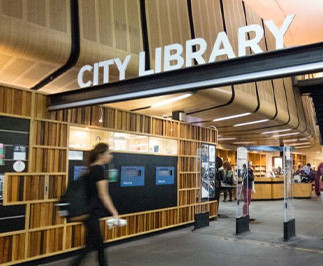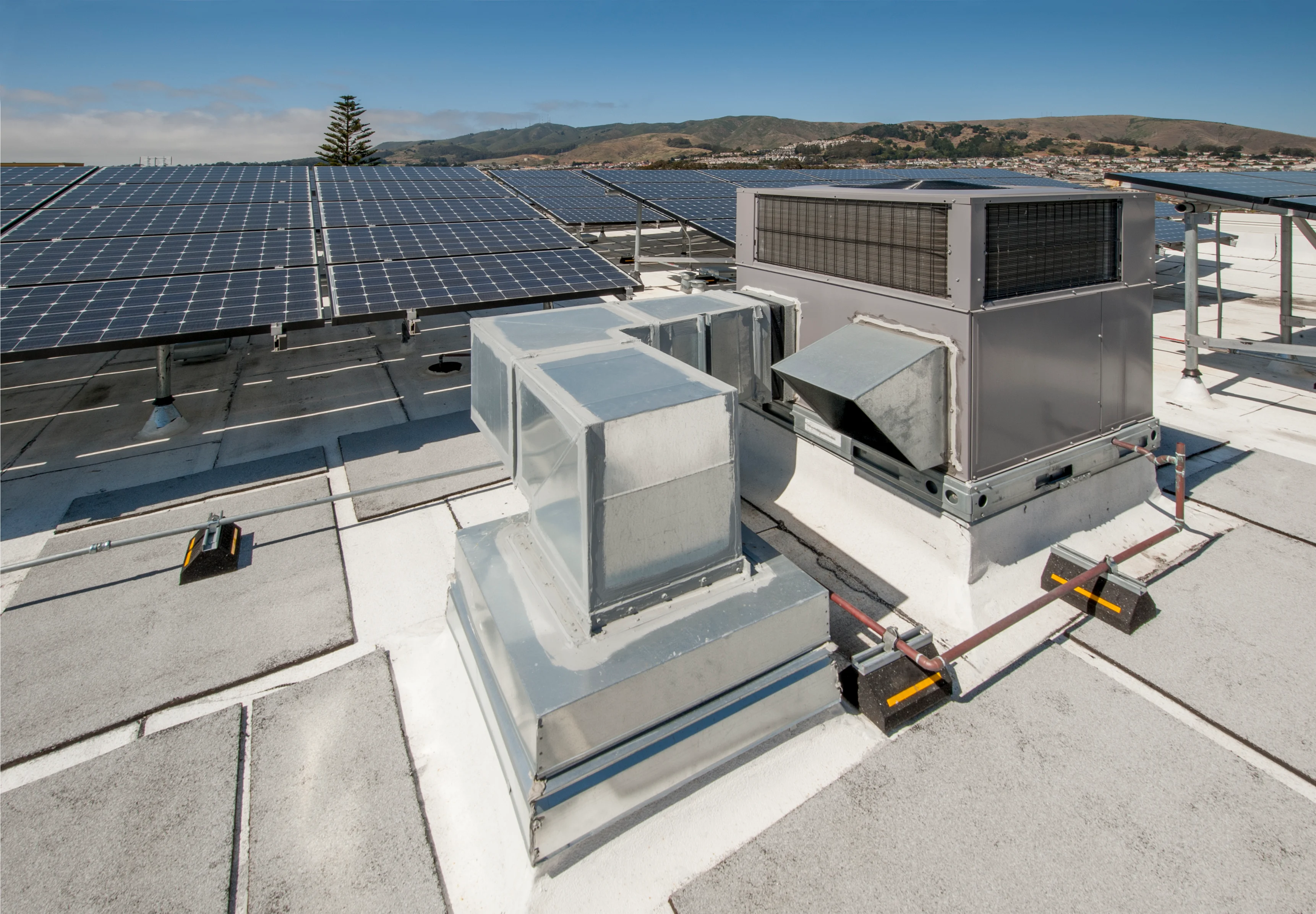Sustainable Retrofit Solutions: Decarbonising Existing Assets, Proven Strategies for Successful Retrofits
- Pi Building
- Dec 24, 2024
- 3 min read
Updated: Dec 30, 2024

As Australia intensifies its commitment to sustainability, retrofitting existing buildings has emerged as a vital strategy for achieving decarbonization goals. For organizations seeking to enhance energy efficiency, align with Environmental, Social, and Governance (ESG) objectives, and reduce operational costs, retrofitting offers a transformative pathway to environmental and economic benefits.
The Need for Sustainable Retrofitting in Australia
Older building stock in Australia often accounts for a significant portion of operational carbon emissions, making these assets a prime focus for sustainability improvements. Many of these buildings, while constructed with outdated technologies, present untapped opportunities for modernization. By adopting innovative retrofit solutions, organizations can transform their assets into high-performance structures that meet modern energy standards and contribute to ESG benchmarks.
Proven Strategies for Successful Retrofits
1. Energy Efficiency Upgrades: Implementing energy-efficient technologies, such as LED lighting, high-performance HVAC systems, and building management systems (BMS), can significantly reduce energy consumption. Smart sensors and automation further optimize resource use by aligning operations with actual building demand.
2. Renewable Energy Integration: Incorporating renewable energy sources, such as rooftop solar panels or geothermal systems, helps offset carbon emissions. These systems not only decarbonize operations but also lead to long-term cost savings by reducing reliance on grid energy.
3. Building Envelope Enhancements: Upgrading insulation, windows, and roofing systems can improve thermal efficiency and minimize energy loss. Advanced materials, like high-performance glazing and reflective coatings, further enhance the building’s energy profile.
4. Water Efficiency Measures: Retrofitting water systems with low-flow fixtures and water recycling technologies supports resource conservation. Efficient water management also aligns with sustainability standards and helps reduce utility costs.
5. ESG-Driven Digital Solutions: Leveraging digital platforms to monitor and report on energy and carbon performance provides transparency for stakeholders. This approach is particularly critical for aligning with Green Star and NABERS sustainability certifications in Australia.
Australian Success Stories: NABERS and Green Star Achievements
Australia has set a global example with successful sustainable retrofitting projects:
National Australia Bank (NAB) Office Building Retrofit: Achieving a 5.5-star NABERS Energy Rating, this project incorporated energy-efficient HVAC upgrades, LED lighting, and advanced water-saving fixtures. The result was a significant reduction in operational emissions and enhanced tenant comfort.
Sydney’s 50 Martin Place: A Green Star-rated retrofit project that transformed a heritage-listed building into a modern, energy-efficient space. With solar panels, a green roof, and smart building technologies, it stands as a benchmark for sustainable urban development.
2023 VicRoads Regional Office Retrofit (VIC): This project involved upgrading HVAC systems and installing solar panels, achieving a 5-star NABERS Energy Rating. By integrating advanced building automation systems, the facility reduced energy consumption by 30% while improving occupant comfort.
2024 University of Sydney Campus Retrofit (NSW): Incorporating passive design strategies, solar energy integration, and water efficiency upgrades, the university’s campus retrofit earned a 6-star Green Star rating. The project demonstrates the value of comprehensive retrofitting in reducing emissions while fostering innovation in educational environments.
2024 Melbourne City Library Retrofit (VIC): Upgrades to the building’s insulation and lighting systems, coupled with the installation of a rooftop solar array, enabled the library to achieve net-zero operational emissions. This project highlights the role of retrofits in modernizing public assets for sustainability.
2024 Trends in Retrofitting
The retrofitting landscape in 2024 is shaped by several emerging trends:
Integration of Smart Technologies: Buildings are increasingly adopting IoT-enabled devices for real-time energy management and predictive maintenance.
Focus on Renewable Energy: Solar energy continues to dominate retrofitting projects, with battery storage systems gaining traction for maximizing energy independence.
Decarbonization of HVAC Systems: Electrification of heating and cooling systems, supported by energy-efficient heat pumps, is becoming standard practice.
Circular Economy in Retrofitting: Reuse of materials from demolition or refurbishment projects aligns with sustainability goals and reduces waste.
ESG-Driven Financing: More organizations are leveraging green bonds and sustainability-linked loans to fund retrofit projects, aligning financial strategies with environmental outcomes.












Comments